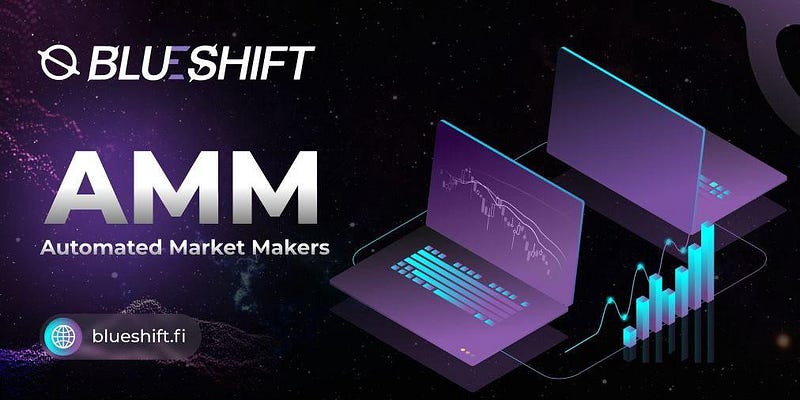Automated Market Makers — the basis of decentralized exchange protocols (DEXs)
Mar 14, 2022

If you are a crypto enthusiast — you must have heard of the term ‘Automated Market Maker’ or simply AMM. Without knowing, you may have used AMMs already when swapping your tokens on Uniswap or PancakeSwap — for example.
However, AMMs are not a new concept. They were first implemented in the early 1990s by Shearson Lehman Brothers and ATD. A move that changed the trading industry forever.
Before the invention of AMMs, human market makers were creating order books and manually initiating trades to provide liquidity to the market. It was a complex process that took a lot of time and often resulted in price slippage and latency, which significantly reduced the traders` earnings. Price slippage is the difference between an expected price, for example when the decision is made to buy or sell, and the actual price of a transaction. The shorter the time between a planned and an actual transaction, the lower the price slippage. With the introduction of AMMs and the underlying algorithm-based trading mechanisms, transactions became almost instantaneous.
Every AMM has its own formula, but they all have one thing in common: the price is determined by an algorithm and therefore it is easier to predict.
One can say that traders engage in a transaction with an algorithm instead of finding a corresponding trader on the other side of the market. Apart from a reduced price slippage, this has another important advantage. AMMs allow sellers to sell when there are no buyers, and buyers to buy when there are no sellers. This characteristic makes markets incredibly efficient and provides liquidity levels at a near-infinite level
To reiterate on this ground-breaking concept — crypto-AMM users do not need a counterpart for trading assets as their transactions are made with smart contracts that have their own pools of liquidity. These liquidity pools are ‘filled’ with tradable assets that are contributed by liquidity providers who receive a fee as a reward in return.
However, providing liquidity is not without risk. Although formulas wrapped in algorithms determine the price and the whole process is automated, AMMs biggest downside is impermanent loss. How Blueshift addresses this problem in an unprecedented way is something that will be described in another article.

